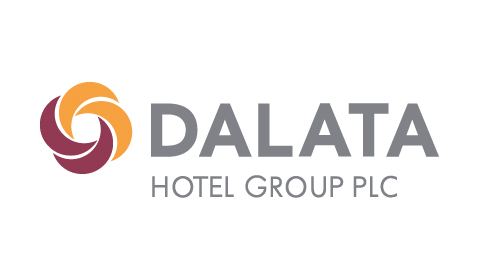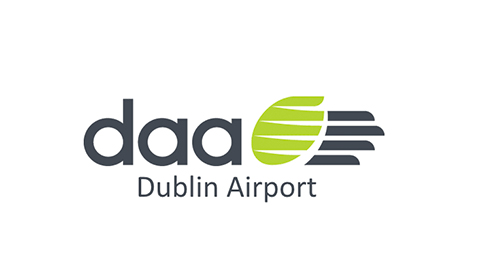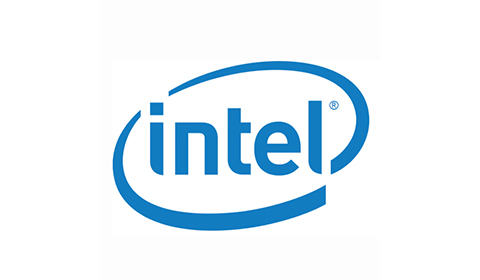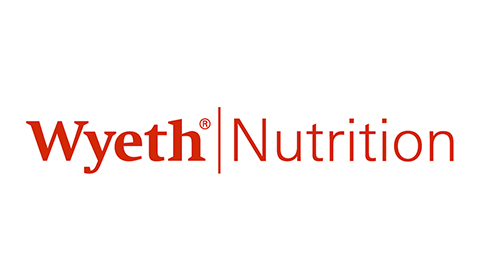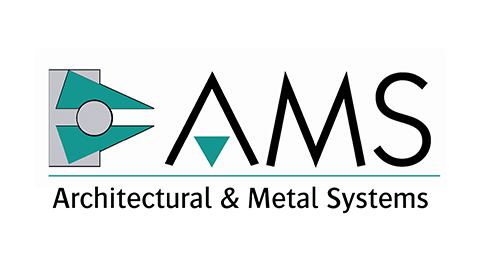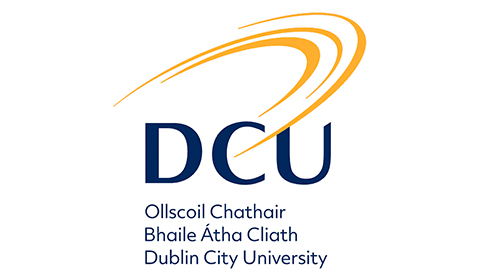Water conservation for business
Help protect Ireland's water supply and cut down on business costs. Learn how your business can make a difference by conserving water.
Water is a critical resource for industry and agriculture. But it is also limited. We're here to help you conserve water and make lasting, impactful change.
Take our water stewardship quiz
Pledge to conserve
Commit to making changes that will conserve water in your business. You can post your pledge on social media to show you’re taking action.
Become a water steward
Conservation tips
Small changes can make a big difference. Conserving water helps protect our environment. But it can also lower bills and boost your reputation. Know how to get started and get industry-specific tips.
Fund your conservation project
Are you already thinking about a project that will help cut down on water? There are many funding options available. Visit GreenStart and GreenPlus for more information.
What is Water Stewardship?

About Water Stewardship
Water stewardship is a way to evaluate your water use and impacts. It involves evaluating your water use, and making best practices changes. These are most effective if they're adopted both in your business and the local area.Global issues can affect our water supplies. Which of these is a risk to supplies?

About Water Stewardship
Globally, issues related to water availability and quality are critically important. Water scarcity, flooding and pollution can all be increased by water use and discharge. This can result in ecological, social and economic impacts.There are four pillars of water stewardship. What are they?

About Water Stewardship
There are four main principles for examining your water use. Consider each of these areas and decide on actions to reduce your impact.- Quantity - Review the quantity, sources, and impact of your water use to check its sustainability
- Quality - Examine potential pollutants in the water your business discharges (chemical and biological)
- Environment – Restore and preserve High Conservation Value areas around your business
- Governance – Work with stakeholders to achieve fair and transparent water governance
Which of these is a water steward?

Being A Water Steward
A water steward is a person in your business who sets out the plan and implements strategies. Water stewards should have an understanding of:- Your business's water useyour water use to check its sustainability
- The context of your area
- The shared risk of water governance and qualityareas around your business
Part of being a water steward is to create a water map. What does a water map show?

Being A Water Steward
Water mapping is a way to understand your business's water use. It's a simple diagram that captures your water sources, services, end users, and outputs. This allows you to get an idea of how much water you use, and its true costs.
Mapping also helps to identify problems like leaks, and water conservation opportunities. This will allow you to not only save water, but also to cut down on costs.
You always need to consider shared risks when developing a stewardship plan. What are shared risks?

Being A Water Steward
There are risks that come with industrial water use. This is mainly because businesses share a river basin with other water users. Water stewardship helps to address any potential risks and challenges.
- Physical – Disruption in water supply. Decline in water quality. Impact on production and product quality
- Reputational – Water as a public good. Public view of sustainability. Community opposition
- Regulatory – New water allocations. Stricter water quality standards. Comply to global water strategies
- Financial – Increase in water tariffs. Cost of insurance. Investor reassurance
There are several ways to find out how much water your business uses. Which of these should you use?

Identify Opportunities
Auditing your business's water use can help you in establishing baselines. Ways you can check what you use include:
- Analysing your water bill
- Checking your meter readings
- Monitoring patterns of water use
A baseline serves as a benchmark to measure conservation actions against.
You want to reduce the amount of water your business uses. How can you start conserving water?

Identify Opportunities
Conservation is a key part of water stewardship. The level of effort and cost associated with conserving water is wide ranging.
Some initial opportunities that you can action right away are to:
- Invest in water efficient appliances – such as taps, shower heads, toilets, and dishwashers
- Go waterless – use air-vacuums, high-pressure air jets, and dry sweeping
- Buy devices to save water – such as dual flush systems, toilers cistern bags, and shower timers
- Choose low maintenance plants – such as cacti, peace lilies, aloe vera, and jade



Congratulations!
You've earned the water
conservation pledge badge.
You've committed to learning more about water conservation and to start making changes to help save water in your business.
Spread the word
Wear your badge with pride. Create awareness about the importance of water conservation and encourage others to pledge.
